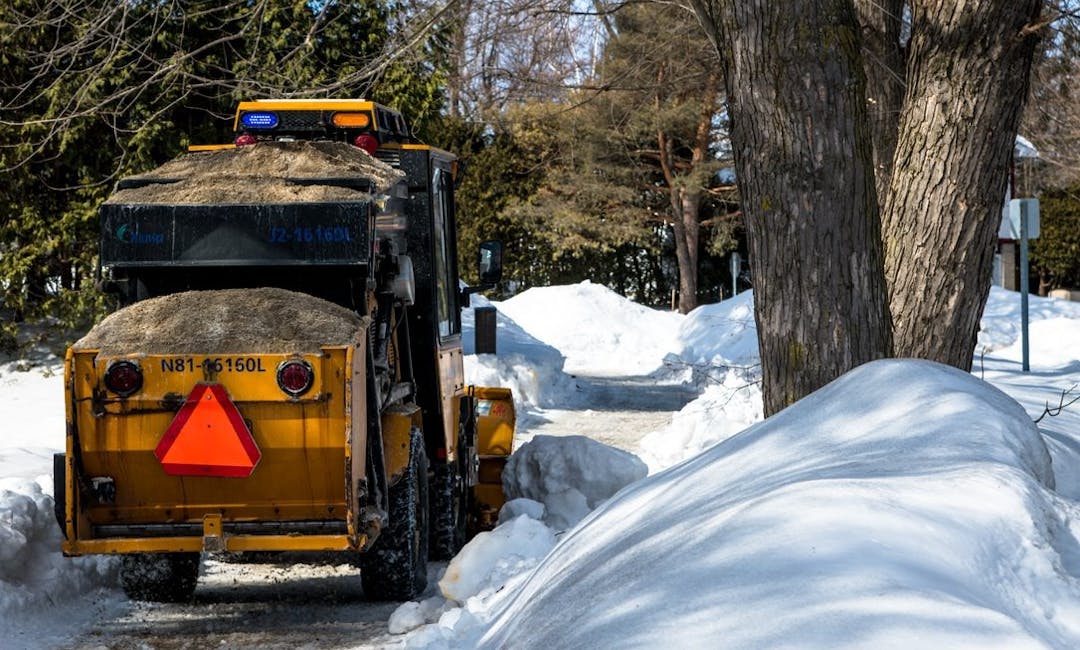Winter Maintenance Quality Standards Review
Consultation has concluded

What is the Winter Maintenance Quality Standards review?
The City is reviewing the Standards, with a focus on sidewalks and pathways, reducing rutting on residential roads, roads next to schools with no sidewalks and roads with bus stops. Residents will have the opportunity to provide feedback on their priorities as we update the Standards.
Why do we need to review our Winter Maintenance Quality Standards?
Since we implemented the current standards in 2003, the needs of transportation network users have changed. Residents have moved from one occupant per vehicle to group transportation options like OC Transpo and LRT, and active transportation like walking, cycling and rollerblading. They have also come to rely on year-round access to these options and face challenges when mobility is obstructed for prolonged periods.
Issues like climate change, accessibility, equity, gender, sustainability, injury prevention, healthy living and livability were not considered in the original standards, so a review is underway. This review was accelerated by a particularly harsh winter in 2018/2019, after which City Council directed staff to review the standards and make recommendations in September 2021.
What can we expect from the review?
Public Works and Environmental Services will review the Winter Maintenance Quality Standards and propose changes to improve winter maintenance of:
- Residential roads
- Sidewalks
- Cycling pathways
- Multi-use pathways for walking, cycling and rollerblading
Based on an analysis of current operations, research into best practices and interviews with similar municipalities in Ontario, North America and Europe, options are being developed for potential changes. These options will be presented at public engagement sessions to gather feedback and identify priorities in early 2021. Council will consider this information when deciding on proposed changes to the Standards next fall.


